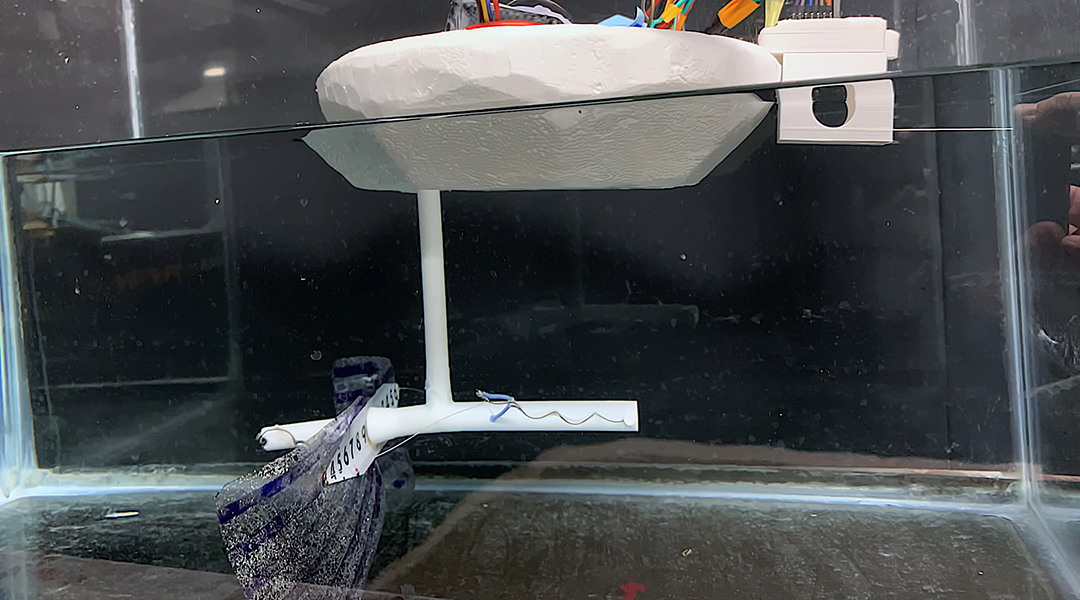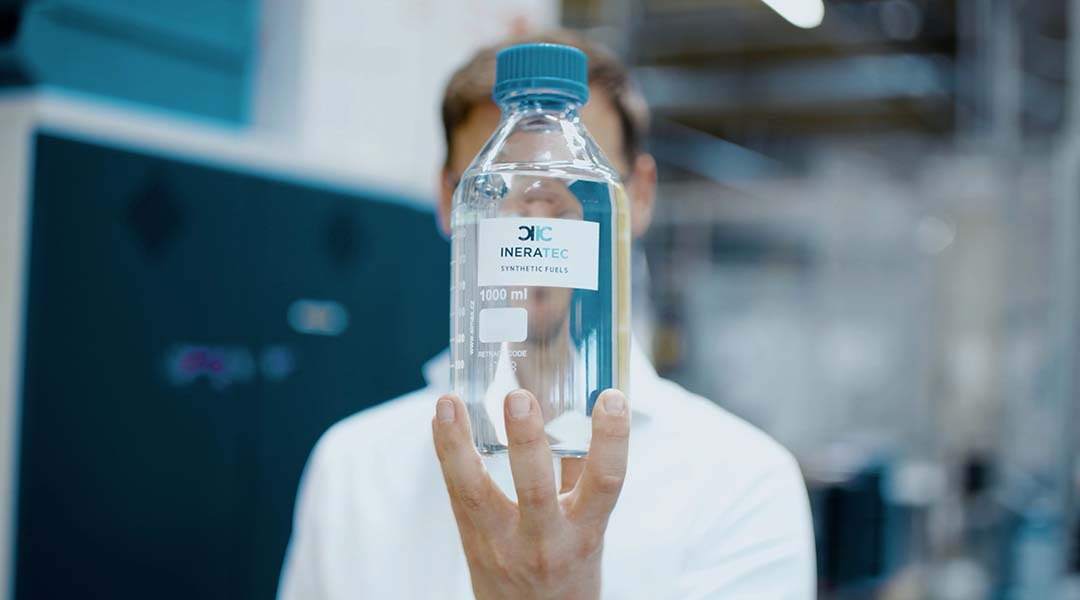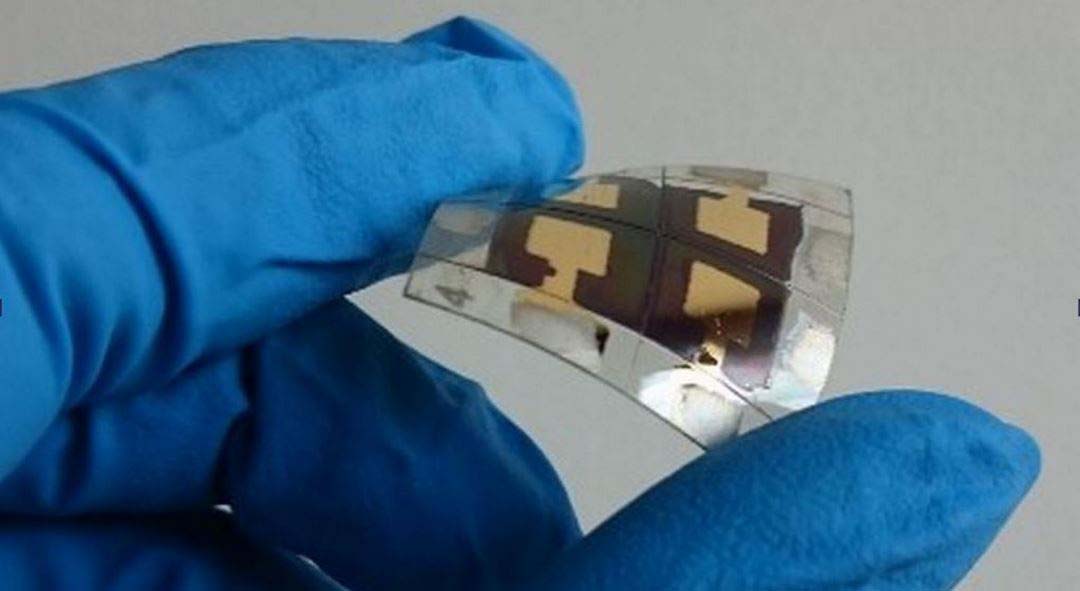The production of kerosene directly from carbon dioxide and water promises to be a game-changer in the energy field.


The production of kerosene directly from carbon dioxide and water promises to be a game-changer in the energy field.

Unique enzymes found in the gut of sugarcane-eating capybaras could help convert agricultural waste into low-carbon biofuels.

A robotic swimmer that mimics the movement of octopuses could help researchers better monitor aquatic environments remotely and in real time.

Using stimuli-responsive hydrogels with regularly arranged colloidal particles, researchers create color-changing microrobots that can freely explore and gather information.

We will not solve the climate crisis and inspire action without generating a shared emotional response to our changing world.

Shifting away from fossil fuels to renewable energy products will not only help address harmful emissions, but unwanted chemical exposure.

A German start-up has developed a method to convert captured carbon and hydrogen into a range of sustainable fuels.

A new ink deposition method simplifies a complicated process for creating efficient perovskite solar cells.

Climate migration has already begun, and it appears tiger sharks have been on the move for decades.

An innovative new material called CALF-20 has found success in an industrial pilot-scale carbon capture project.